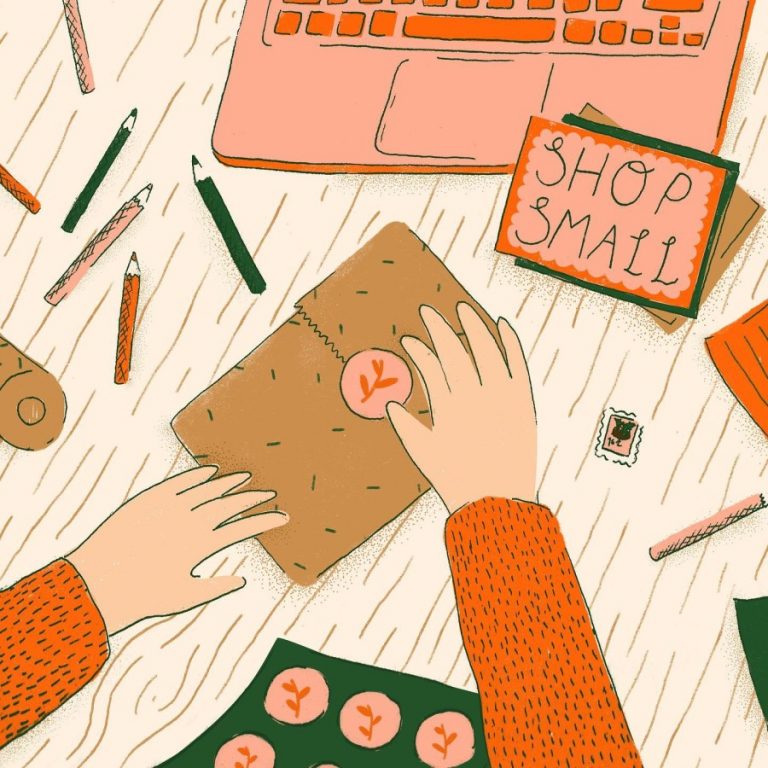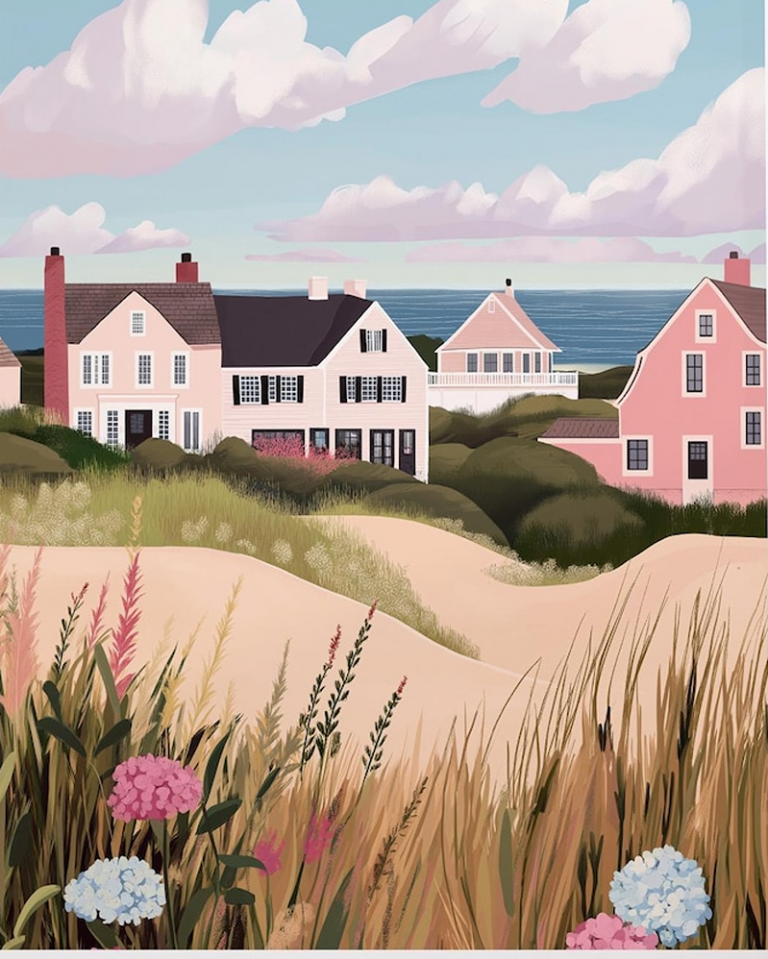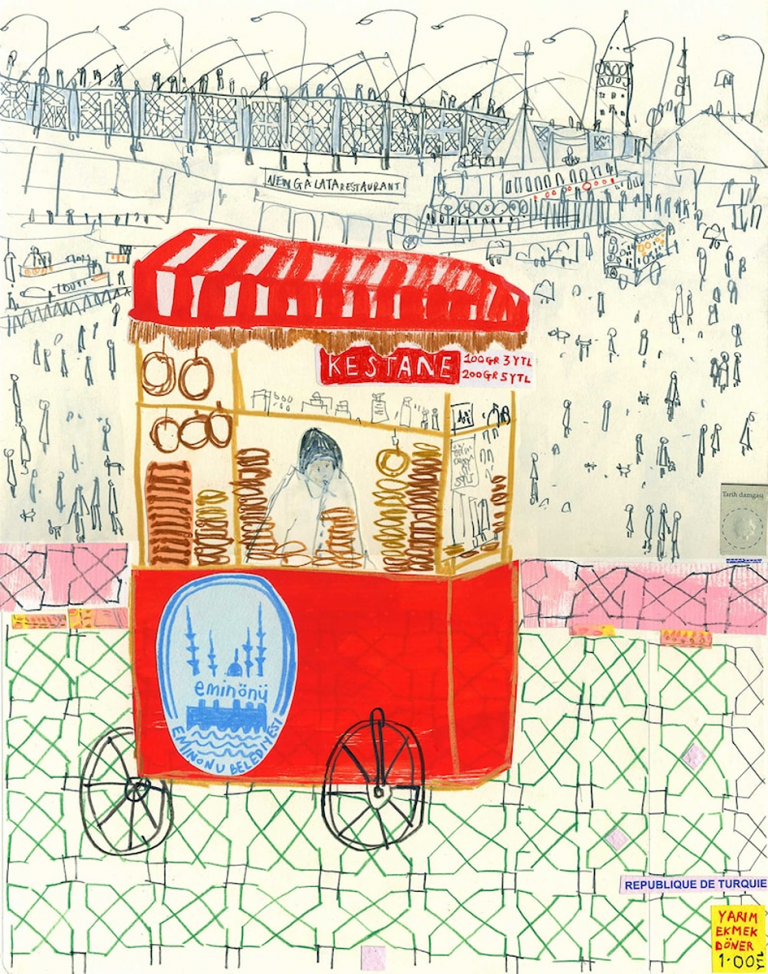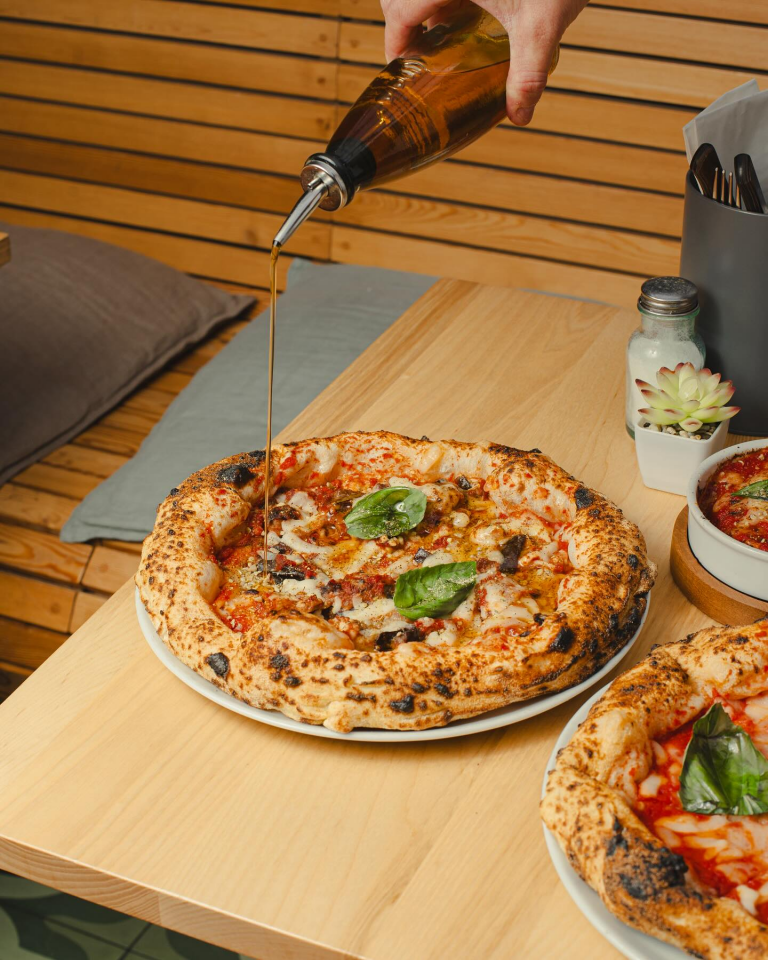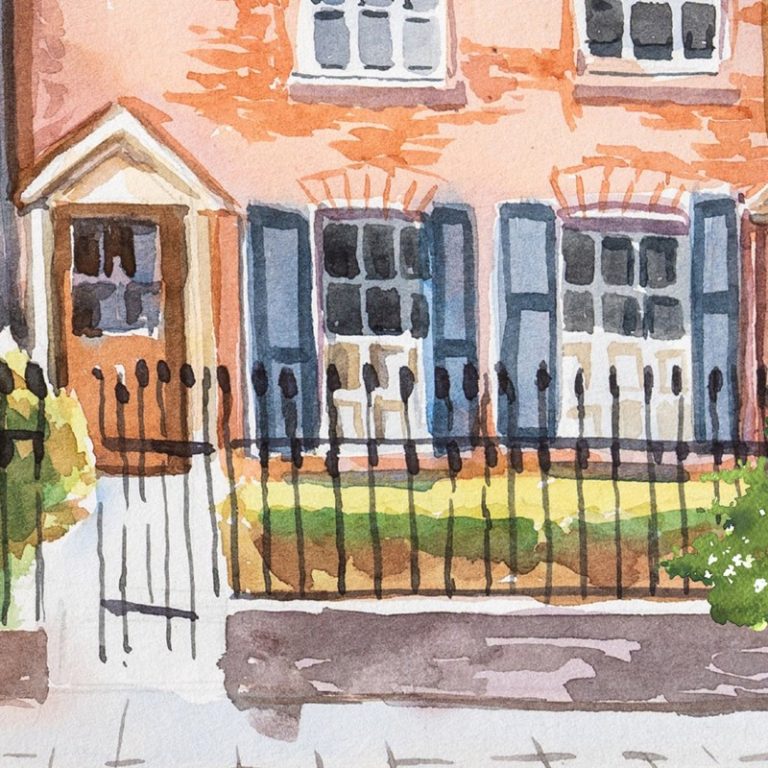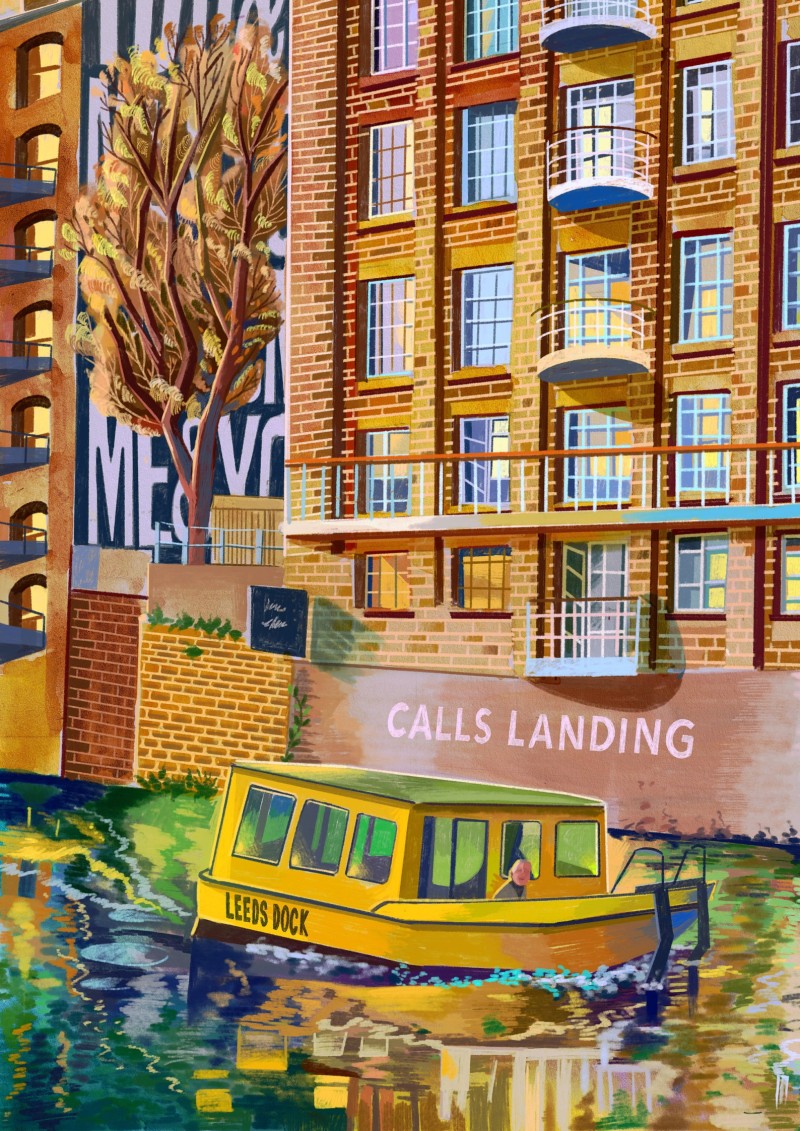
If you’ve ever visited Leeds, you know it’s more than just a stop on the map. In the heart of West Yorkshire, Leeds blends city buzz with easy-going charm. Whether you’re heading to uni, starting a job, or just exploring, this city gives you a bit of everything.
From its lively markets to peaceful parks, Leeds has stories waiting around every corner. Locals are friendly, the food scene keeps you coming back, and there are endless ways to make your day feel special. Stick around and you’ll see, Leeds isn’t just a place to pass through, it’s a place to call home.
If walking in nature, always follow the Countryside Code, to keep dogs and barnyard friends safe.
Walking the Leeds Country Way
If you fancy stretching your legs, the Leeds Country Way might be just the challenge you need. This long circular walking path covers about 62 miles, looping the edges of Leeds and linking parks, woods, farms, and villages.
Few people tackle the full trail all at once. Instead, most pick a section and set out for a day’s adventure. Waymarkers help keep you on track. Check the weather; parts may get muddy after rain.
One of Europe’s Largest City Parks
Roundhay Park is more than just a city park. Covering over 700 acres, it’s one of the largest urban parks in Europe and a favourite spot for anyone living in or near Leeds. Families gather here for picnics while kids run wild on the playgrounds.
Dog walkers (they can run free most places, but must be on leads in others) love the mix of wide lawns, winding paths, and woodland trails. Read our post on pet-friendly parks and gardens.
There’s space for every kind of day. You can wander around the two big lakes, spot swans gliding by, or watch locals sailing tiny boats on the water. The park is alive with events throughout the year, although it would be good to ban the fireworks, for all kinds of reasons (pets, birds, environment).
Quirky Museums Galore
Leeds has many museums. But rather than stuffy relics, it has a few quirky gems:
Abbey House Museum
Sitting close to Kirkstall Abbey, step inside and you’re in a Victorian street with old-fashioned shops and homes made to look just as they did over a century ago. The sounds and smells, tiny details, and real artefacts make you feel like you’ve travelled in time. Peer into old sweet shops, and imagine life behind the displays.
Thackray Museum of Medicine
This is not your usual science museum. Here you can walk through recreated hospital wards and city streets to see how medicine changed Leeds and lives everywhere. The hands-on displays are what people remember most. There are spaces to try, touch, and get involved rather than just look. One minute you’re learning about Victorian surgery, the next you’re tracing outbreaks or comparing medical tools.
Leeds’ Industrial Mill Town Past
Leeds started as a simple market town centuries ago, but things changed fast during the Industrial Revolution. It became known as a mill town, which means the city’s heart was once full of textile mills, busy factories, and workers making cloth for the world.
Two things played a big role in Leeds’ success: the River Aire and the Pennines. Here’s how:
- The River Aire runs right through the city centre. Its fast-flowing water powered early mills and carried finished goods down to bigger cities like Hull. Boats and barges filled the river, bustling with trade.
- The Pennines sit just to the west of Leeds. These hills are packed with streams, which helped run the waterwheels that powered local mills.
As the factories grew, so did the city. Tall chimneys and mills popped up across Leeds, bringing thousands of new jobs. People moved in from the countryside, hoping for a better wage. Leeds soon earned a reputation for hard work and grit, building an identity around its busy mills and working-class communities.
Over time, the need for old factories dropped. Many closed or became office blocks, flats, and shops. Some mills are now art studios or trendy spots for coffee and street food. Leeds has learned how to make the old new again.
You can still walk around parts like Holbeck and see beautiful, old brick buildings with arched windows, giving you a feel for how Leeds once thrived.
Sadly, Home to Glass Skyscrapers
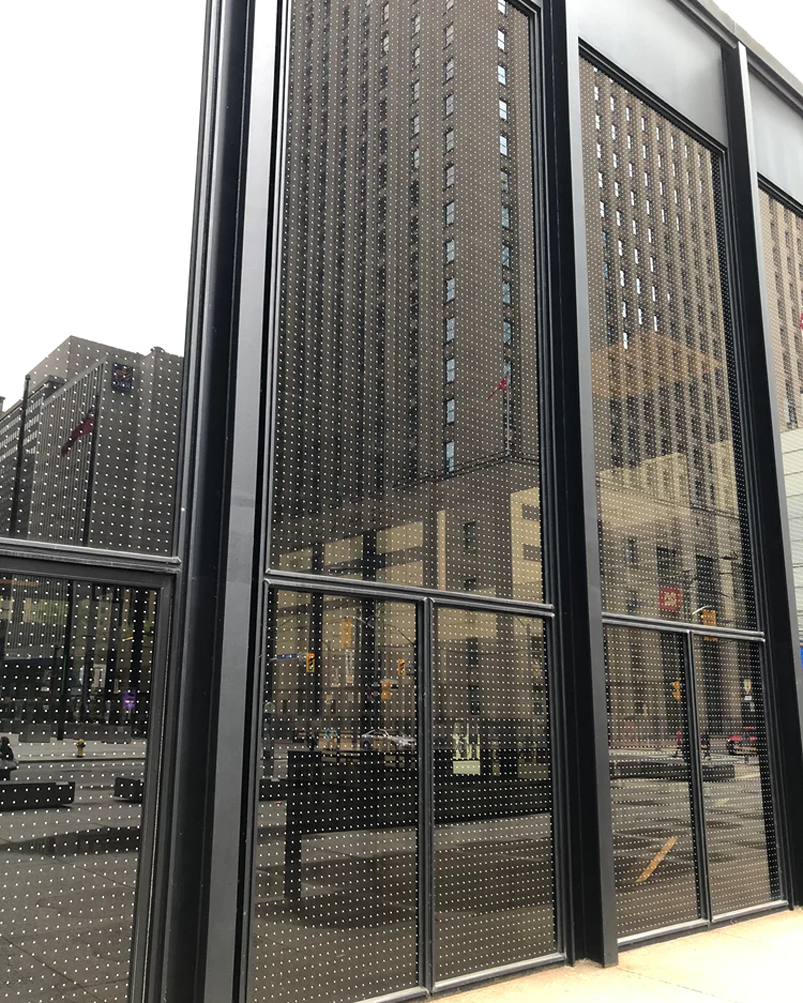
Being home to glass skyscrapers is not actually something to be really proud about. This causes increased bird strike – read our post on how to stop birds flying into windows, which with glass buildings, includes turning off lights when not in use, not facing plants to the outside, and using bird tape and bird-friendly glass which they can see, but looks no different to us).
All modern sustainable town planners also say that new buildings ideally should be no more than four stories high, for many reasons:
- They create community (no isolated tower block residents)
- They are better for an ageing population
- They prevent another tragedy like Grenfell
Bridgewater Place (aka ‘The Dalek’) cost £80 million to build, and has 30 storeys with office and retail space, flats and penthouses. It’s known locally as an eyesore, despite council approval to build it. It’s even been nominated for a Carbuncle Award, as one of the 10 ugliest buildings in the world (another is in the beautiful city of Prague, a tower that is said to resemble an electric toothbrush).
It’s also had to have wind baffles installed, as the tower has created a microclimate nearby, creating downdraft (comparable to a hurricane, one local needed 11 stitches for a torn liver and internal bleeding, and one baby was pushed into the road by a sharp gust of wind – and in 2011, a local doctor was killed by a lorry, accidentally overturned in a gust of wind. The Crown Prosecution Service advised not bringing charges of corporate manslaughter against the architects.
Altus House is the tallest building in Leeds, with 37 towers mostly housing students. Sky Plaza (34 floors) also houses students (Leeds has the fourth largest student population in England, with five universities).
Over 60,000 Students

Students help give Leeds its spark. With over 60,000 students spread across several universities, the city feels lively year-round, never slowing down for long. The student population is the fourth biggest in England, which means you’ll see fresh faces and new ideas popping up everywhere.
Read our post on sustainable swaps for colleges and universities.
This student buzz shapes almost every part of city life:
- Shops and cafés: You’ll find stylish coffee shops, second-hand stores, and late-night eateries built to serve the student crowd. Independent cafés sit next to big-name brands, ready for everything from last-minute study sessions to lazy brunches.
- Nightlife: Clubs and pubs stay open late to fit with the typical student timetable. Some venues offer huge discounts, while others focus on live music or comedy. Whether you like a quiet pint or a packed dance floor, there’s something for everyone.
- Events and festivals: The city regularly puts on gigs, pop-up markets, and student-led events that keep things interesting, even in the quieter months.
It helps that Leeds has the third busiest railway station outside London. Trains run direct to other major cities, so students can visit home or head out for weekend trips without much fuss.
Put all this together, and you get a city that feels young no matter the season. The faces may change each year, but the excitement stays the same. The buzz of student life is easy to spot and hard to forget.
Creative People from Leeds
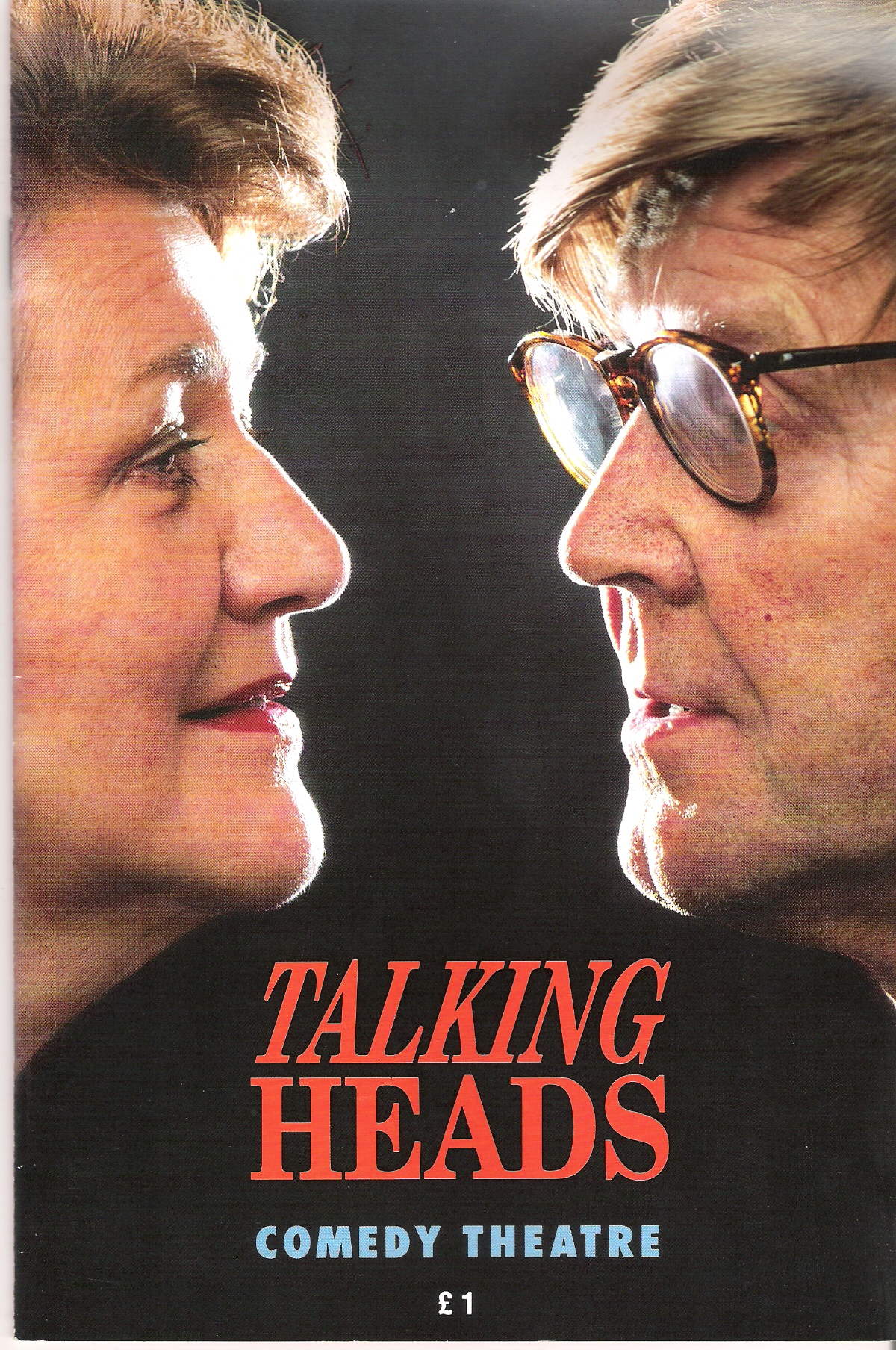
Leeds has produced people who inspire pride in locals and fans everywhere. Two names stand out, not just in Yorkshire, but across England and beyond.
Alan Bennett grew up in Leeds and is one of the city’s best-known writers. You might know him from Talking Heads, a wonderful series of plays with actors like Patricia Routledge, above. Full of sharp wit and honest characters. He writes about ordinary life with humour and kindness, often set in places that feel familiar to anyone from Yorkshire.
Many people in Leeds admire how he puts local voices and stories right at the centre of his work. And he has an army of quotable quotes!
We started off trying to set up a small anarchist community. But people wouldn’t obey the rules.
My dustbin has been on its last legs for some time. And after the binmen have called this morning, I find no trace of it. Never having heard of tautology, the binmen have put the dustbin in the dustbin.
Closing a public library is child abuse.
I’m less genial than people think. But I’m too timid to seem nasty.
Corinne Bailey Rae is a singer and songwriter from Leeds, known for her soulful voice and heartfelt songs. Her hit “Put Your Records On” topped charts and played on radios across the world. She grew up surrounded by the city’s mix of music styles and still celebrates her Leeds roots.
Kaiser Chiefs are a local indie band that began playing small pubs. They went global, when their song Ruby hit the charts. Listen to this fantastic version by The Wurzels – who knew?
The Head Office of ASDA
We are careful here not to always go supermarket-bashing, because in times of austerity (and unless you have lots of money and live near good farm shops), often it’s needed to visit a supermarket. Most have appalling ethics for animal welfare and plastic, so the best option is often to simply make your own food with simple ethical ingredients, and at least ASDA makes this more affordable to do, than most.
Having said that, most of us would love to buy food at indie shops, but the big supermarkets have killed most of them off, as well as blighting our landscape with 24-hour light pollution and out-of-town supermarkets that require more traffic on the road. Both from delivering food from central distribution houses, and cars needed to reach them.
Customers have recently slammed ASDA Star rewards, as the most pointless loyalty scheme on the planet (you’re better off just using an indie shop loyalty card, for better discounts). Previously quite generous, the supermarket now offers customers ‘carrots’ like spending £100, to get 50p back.
ASDA used to be the third most popular supermarket, but now since the arrival of Lidl and ALDI, it has fallen into just over 12% of market share. Founded by a chain of butchers, the first stores were in Doncaster and Wakefield, before going nationwide.
Conclusion
Leeds draws you in with its mix of city life, green parks, culture, and community spirit. It’s a place where you can feel the history on old cobbled streets, then find yourself at a gig or unwinding by a lake the very same day. Whether you love art, music, football, quiet walks, or big city energy, Leeds has you covered.
Come visit and see what makes Leeds different. There’s always more to find, whether you’re planning a short trip or thinking about staying longer.


